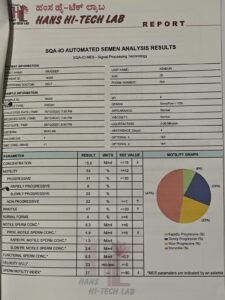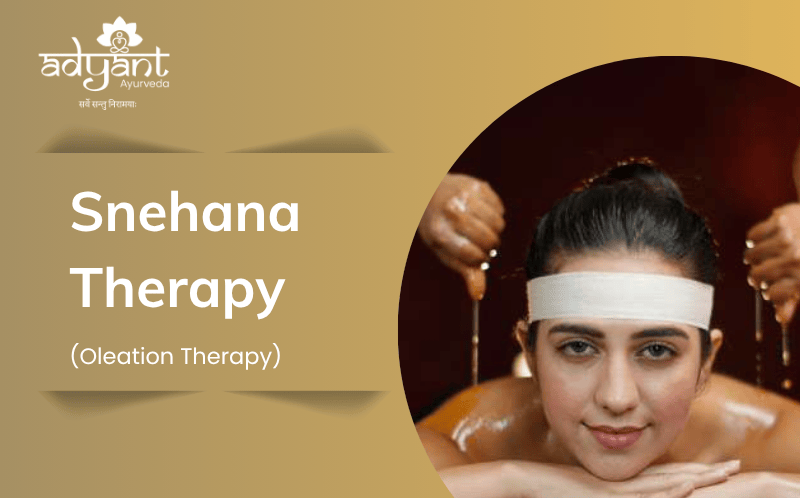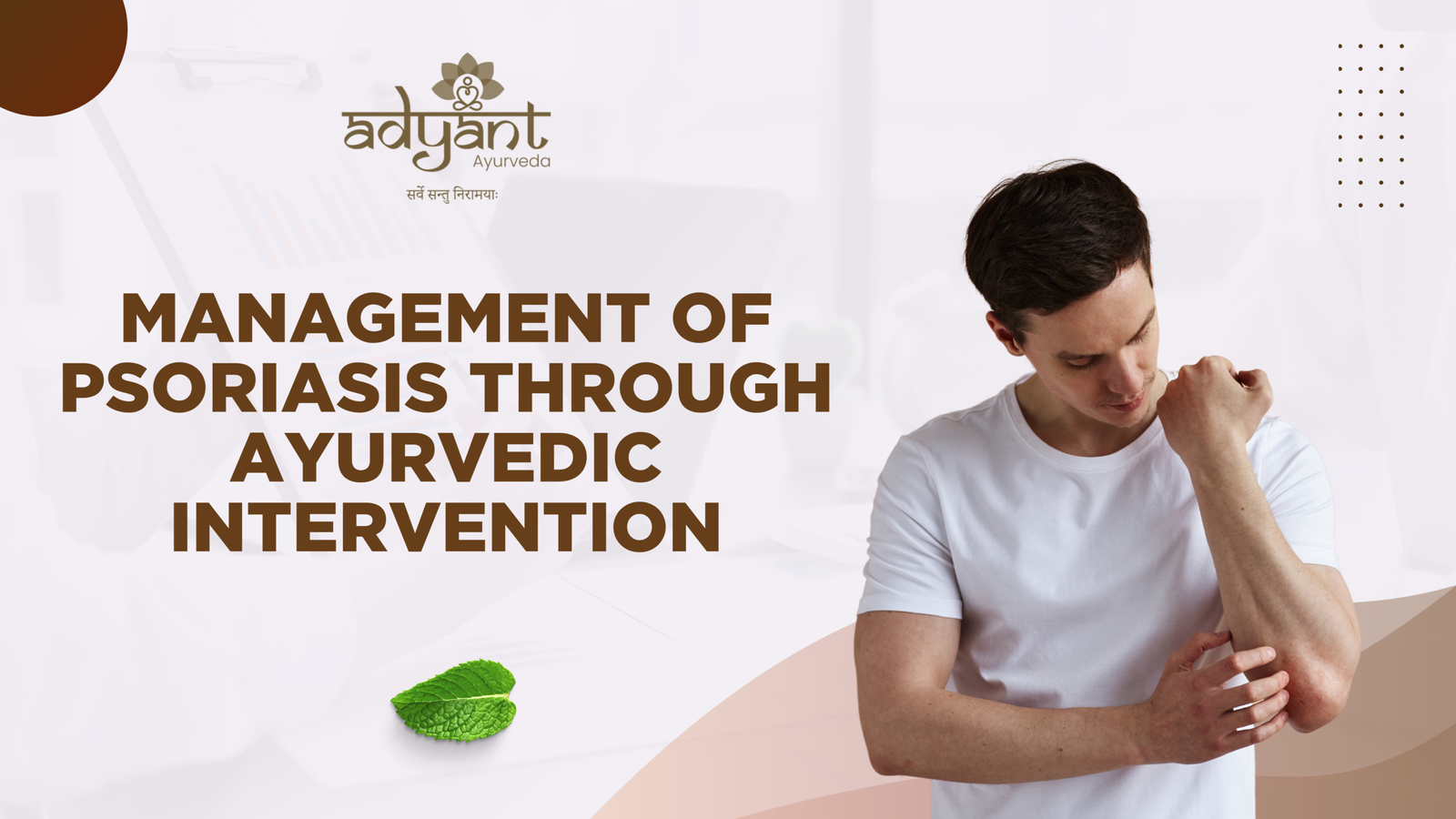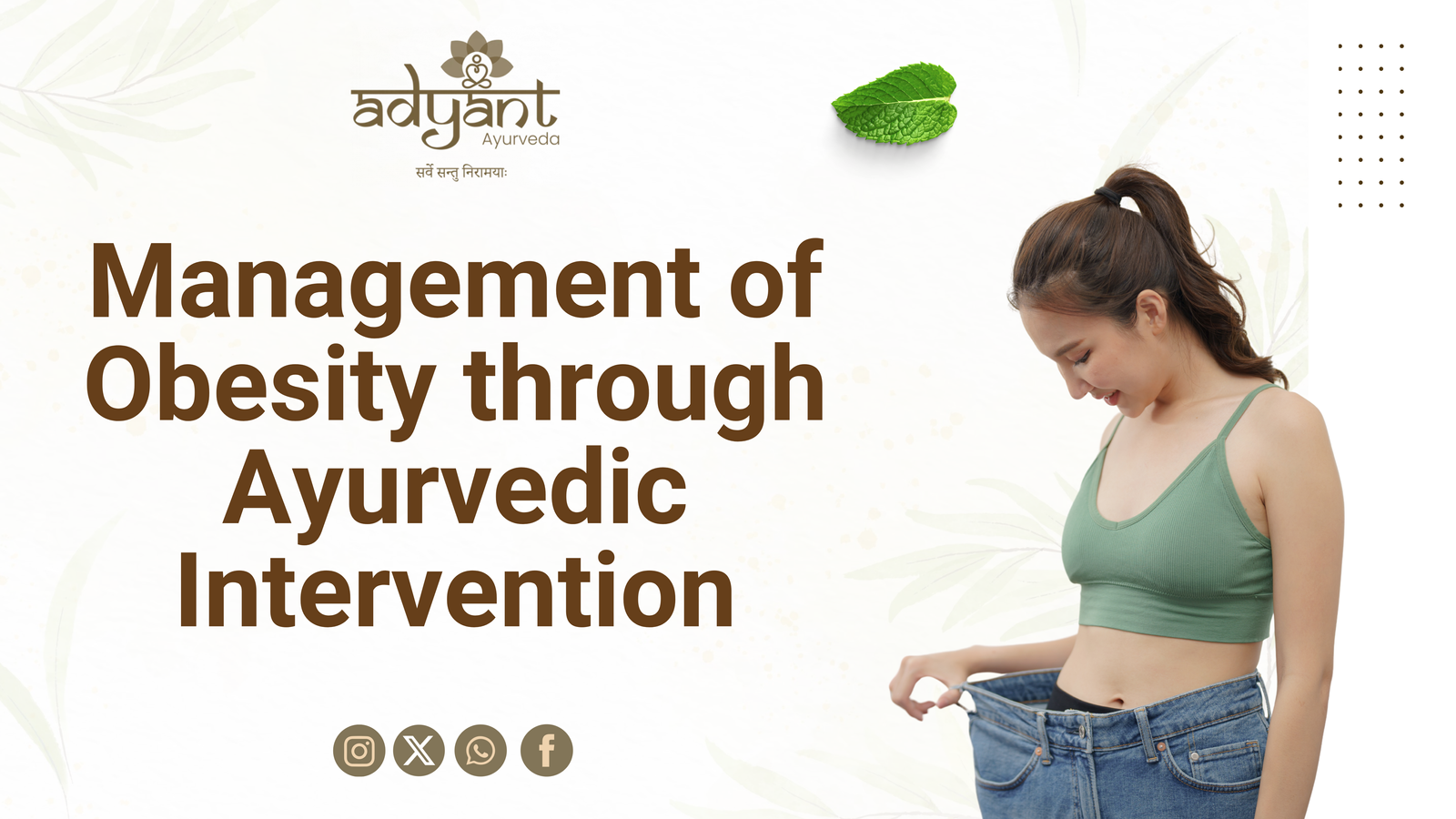Table of Contents
ToggleAbstract:
Oligospermia is a male fertility issue characterized by a low sperm count ,Obesity and Type 2 diabetes mellitus is a prevalent metabolic disorder that requires a holistic approach for effective management. This case study presents the effective treatment of a 34-year-old male patient with Oligospermia and type 2 diabetes at Adyant Ayurveda, Bangalore, India. The patient had an initial Sprem count of 15.6m/ml and MBS-280mg/dl had been on oral hypoglycemic agents for 6months prior to seeking Ayurvedic treatment. Adyant Ayurveda employed a comprehensive Ayurvedic protocol involving personalized diet, lifestyle modifications, herbal formulations, and panchakarma (detoxification)therapies.
After 4 months of treatment, the patient achieved an Sperm count of 29 m/ml and FBS-91mg/dl, significant weight loss, with increased levels of Spermcount and resolution of diabetes-related symptoms. This case highlights the efficacy of the integrative Ayurvedic approach in Oligospermia and reversing type 2 diabetes and restoring metabolic balance.
Introduction:
Case Presentation:
A 34-year-old male patient, Mr. PradeepKendur, visited Adyant Ayurveda, Bangalore, after being diagnosed for Primary Infertility with Oligospermia and type 2 diabetes diagonosed 1year back . His initial symptoms included lethargy, weight gain Weight-91kg. He had Sperm concentration 15.6m/ml and MBS-280mg/dl had been prescribed oral hypoglycemic agents,Pateint took it for 6months before seeking Ayurvedic treatment.
Ayurvedic Assessment and Diagnosis:
According to Ayurvedic principles, the patient’s condition was diagnosed as Shukra kshaya (Oligospermia),Madhumeha (type 2 diabetes mellitus) with a predominance of Kapha-Pitta doshas. Risk factors identified were Infertility,diabetic neuropathy and nephropathy.
Treatment Protocol:
The Ayurvedic practitioners at Adyant Ayurveda prescribed a comprehensive treatment protocol tailored to the patient’s individual constitution and disease stage. The treatment plan included:
-
Dietary and Lifestyle Modifications:
The patient was advised to follow a timely meal schedule, consume freshly prepared warm foods, cooked vegetables, whole grains (broken wheat, millets, jowar), and buttermilk. He was
instructed to avoid refrigerated, fried, salty, spicy, and canned foods, as well as curds, paneer, sweets, and sour foods. Moderate daily exercise and avoidance of daytime sleeping and cold exposure were recommended.
-
Herbal Formulations:
Internal medications included Shilapravang tablet,Kapikacchu+Ashwagandha churna. External herbal preparations were used in various therapies.
-
Panchakarma (Detoxification) Therapies:
The patient underwent a series of panchakarma therapies, including Udwartana (powder massage), Snehapana (medicated ghee intake), Abhyanga and Bashpasweda (herbal oil massage and steam therapy), Virechana (purgation), Yogavasti (medicated enema).
Results:
After 2months of treatment, the patient’s clinical signs of diabetes had completely resolved. His FBS level came to 190mg/dl within the first month and eventually reached to FBS-91mg/dl and Sperm concentration was 29 m/ml at the 4-month follow-up. The patient achieved significant weight loss of 5kg , with his BMI decreasing from 32.4 to 30.9. Symptoms such as lethargy, loss of concentration, had resolved.
The patient reported improved energy levels, better sleep, and a calm mindset. He was able to stop snacking between meals and reduce screen time. He expressed gratitude for the positive impact on his overall well-being and highly recommended Adyant Ayurveda’s approach for Infertility and diabetes management.
Discussion:
This case study demonstrates the efficacy of the comprehensive Ayurvedic approach employed by Adyant Ayurveda in treating Infertility and reversing type 2 diabetes and restoring metabolic balance. The integration of personalized diet, lifestyle modifications, herbal formulations, and panchakarma therapies addressed the root causes of the patient’s condition.
The dietary and lifestyle changes promoted healthy eating habits, physical activity, and stress reduction, which are crucial for Infertility and diabetes management. The herbal formulations and panchakarma therapies targeted the specific dosha imbalances and facilitated the removal of toxins (ama) and restoration of optimal digestion and metabolism.
While this case study highlights the potential of Ayurvedic medicine for Infertility and type 2 diabetes management, further research is needed to validate the findings on a larger scale. Collaboration between Ayurvedic and modern medical professionals may lead to integrative approaches that leverage the strengths of both systems for better patient outcomes.
Conclusion:
The comprehensive Ayurvedic treatment protocol employed by Adyant Ayurveda Treated Oligospermia and in reversing type 2 diabetes in the presented case. This case study reinforces the value of personalized, holistic approaches in managing chronic metabolic disorders like diabetes. Integrating traditional Ayurvedic wisdom with modern healthcare practices holds promise for improving diabetes care and reducing the global burden of this prevalent condition.
Results
The patient’s lab values, symptoms, and BMI changes over the course of 4 months can be view
Table 1.
Patient Laboratory Results.
| Date | Date | Date | |
| Lab Investigations | Before Consultation at Adyant | On the First Day of Ayurveda Treatment | At the End of Ayurveda Inpatient Treatment |
| Oral hypoglycemic agents | |||
| Tab. Glycomet-500mg | 1-0-1 | Nil | Nil |
| FBS (mg/dL) | 170 | 160 | 91 |
| FUS (mg/dL) | 1+ | Nil | Nil |
| PPBS (mg/dL) | 210 | 260 | – |
| Mean glucose (mg/dL) | 280 | NA | 150 |
| HbA1c (%) | NA | NA | 5.7% |
Abbreviations: FBS, fasting blood sugar; FUS, fasting urine sugar; HbA1c, hemoglobin A1c; NA, not applicable; PPBS, postprandial blood sugar.
| Date | Date | |
| Lab Investigations | Before Consultation at Adyant | At the End of Ayurveda Inpatient Treatment |
| SEMEN ANALYSIS | ||
| Volume | 1ml | 2.5ml |
| Reaction | Acidic | Alkaline |
| Colour | Grey Whitish | Grey Whitish |
| Liquefaction Time | 0-30min | 30min |
| Sperm Count RBC | 15.5M/ml | 72.5M/ml |
Table 2.
Patient’s Clinical Outcome.
| Clinical Outcome Measures | Date | Date | Date |
| Physiological status | |||
| Coating on tongue | Present (P) | Absent (A) | Absent (A) |
| Excessive eating (snacking) | Present | Absent | Absent |
| Weight (kg) | 91 | 89 | 87 |
| BMI | 32.4 | 31.9 | 30.9 |
| Lethargy | Present | Present | Absent |
| Loss of concentration | Present | Absent | Absent |
Abbreviation: BMI, body mass index.
| From Date | To Date | Procedure | Treatment Medicines |
| Udwartanam | Triphaladi choornam?+?Kolakulathadi choorna in dhanyamla paste | ||
| Snehapanam | M T ghrita | ||
| Abhyanga+Bashpasweda | Body—Mahavishagarbha taila and head—Balaguduchyadi taila | ||
| Virechanam | Thrvrith Lehya-80gm | ||
| Yogavasti | K V -Dasamula kashaya 300?mL?+?MN thala -100?mL?+?Honey 60mL?+?Shatapushpa kalka+Ashwagandha+Yesti+Punarnava 50g?, A.V-Bruhat Changalyadi ghrita 100?mL |
Patient Condition on Treatment Day 1 Date:
General findings
- Blood pressure (BP): 130/80 mmHg
- Pulse: 82/minutes
- Weight: 91 kg
Physical examination
- Abdomen: soft, nontender
- Cardiovascular: S1, S2 heard
- Pulmonary: normal breath sounds bilaterally
Diagnosis
- Shukra Kshaya
- Madhumeha (type 2 diabetes mellitus).
- Prakriti (physical diagnosis)
- Kapha-Pitta(Dosha).
- Risk factors
- Specific: Infertility,diabetic neuropathy, diabetic nephropathy.
Patient Condition at the Completion of His Treatment on Date
General findings
- BP: 120/80?mmHg
- Pulse: 80/minutes
- Weight: 87?kg
Clinical examination
- Abdomen: soft, no organomegaly
- Cardiovascular: normal S1, S2
- Pulmonary: normal breath sounds bilaterally
Treatment conclusion
There were no adverse events during the patient’s treatment course. He was advised to continue the internal and external treatments and medications for a period of 1 month with follow-up on Date. He attained Samyak Lakshana of Virechana, which means that he successfully completed his treatment with desired disease reversal.
Medications
Internal medications: ?Shilapravang tablet,Kapikacchu+Ashwagandha churna.
External medications:
Diet and exercise regimen for the 15 days following treatment:
Include:
- Follow timely meal schedule. Have freshly prepared warm food.
- Churned butter milk and boiled—cooled water to drink.
- Cooked vegetables.
- Broken wheat (daliya), millets, and jowar should be included in the diet.
- Moderate levels of exercise daily.
Avoid:
- Refrigerated, deep oily fried, salty, spicy, and canned food items.
- Curd, paneer, cheese, sweets, and sour foods.
- Reduce excess usage of potato, cauliflower, green peas, rajma (kidney bean), channa (chickpea), peanut, and maida (white flour) products.
- Daytime sleeping.
Exposure to cold water and cold weather.
This case study presents the successful treatment of a 49-year-old male patient with type 2 diabetes at Adyant Ayurveda, Bangalore, India. The patient had an initial HbA1c level of 11.2% and had been on oral hypoglycemic agents for 5 years prior to seeking Ayurvedic treatment. Adyant Ayurveda employed a comprehensive Ayurvedic protocol involving personalized diet, lifestyle modifications, herbal formulations, and panchakarma (detoxification) therapies. After 9 months of treatment, the patient achieved an HbA1c level of 5.7%, significant weight loss, and resolution of diabetes-related symptoms. This case highlights the efficacy of the integrative Ayurvedic approach in reversing type 2 diabetes and restoring metabolic balance.
Report Before Starting Treatment


Reports After One Month of Treatment and Ayurveda Medication










